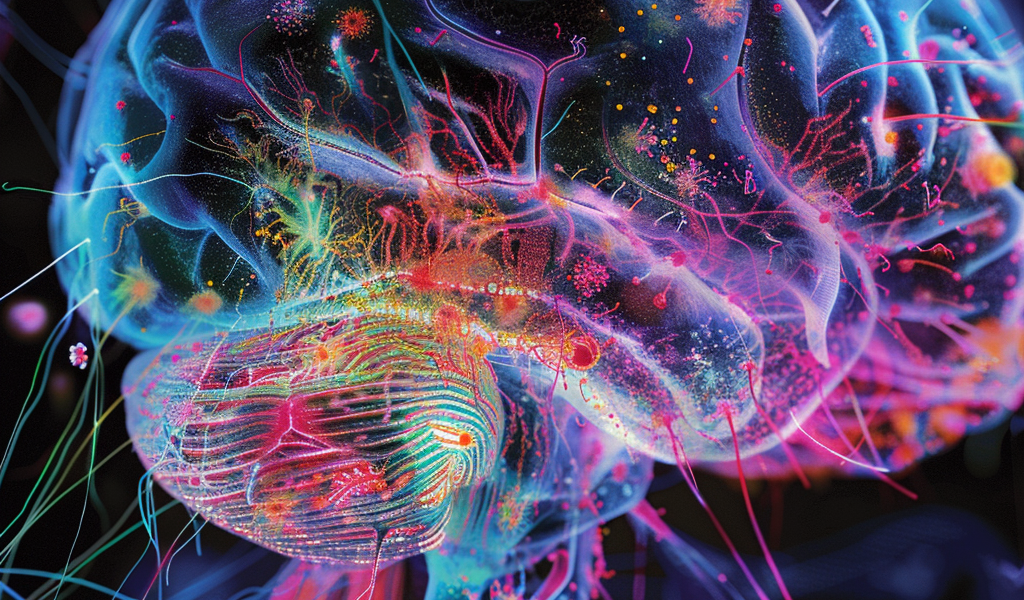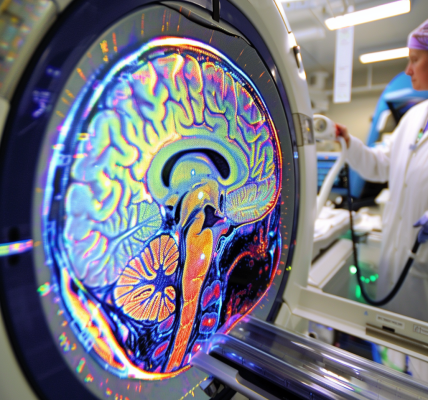ALS and Dementia Share Molecular Links
On March 22, 2024, a groundbreaking study by MIT and Mayo Clinic researchers revealed that amyotrophic lateral sclerosis (ALS) and frontotemporal lobar degeneration (FTLD) share remarkably similar cellular and molecular characteristics, despite their different clinical manifestations.
The study, published in Cell, analyzed RNA expression in over 620,000 cells from the motor and prefrontal cortex of 73 donors, uncovering nearly identical changes in gene expression in the most vulnerable neurons across both diseases. This groundbreaking discovery suggests potential therapeutic targets for ALS may also be effective for FTLD, and vice versa.
Furthermore, the study found similarities in inherited and sporadic forms of these disorders, pointing towards common downstream molecular processes. This research opens new avenues for understanding and treating neurodegenerative diseases, emphasizing the need to study genes across diverse species and behaviors.
At first glance, ALS and frontotemporal lobar degeneration (FTLD) may seem like distinct neurological disorders due to their different clinical symptoms and brain region affections. However, the new study reveals that they have remarkable overlaps at the cellular and molecular levels, potentially leading to therapies applicable to both disorders.
The study, led by scientists at MIT and the Mayo Clinic, tracked RNA expression patterns in 620,000 cells spanning 44 different cell types across motor cortex and prefrontal cortex from postmortem brain samples of 73 donors diagnosed with ALS, FTLD, or who were neurologically unaffected. This comprehensive approach shed light on the shared molecular pathways between the two diseases.
This groundbreaking research not only provides valuable insights into the molecular underpinnings of ALS and FTLD but also offers hope for the development of common therapeutic targets for both disorders, ultimately advancing the understanding and treatment of neurodegenerative diseases.





